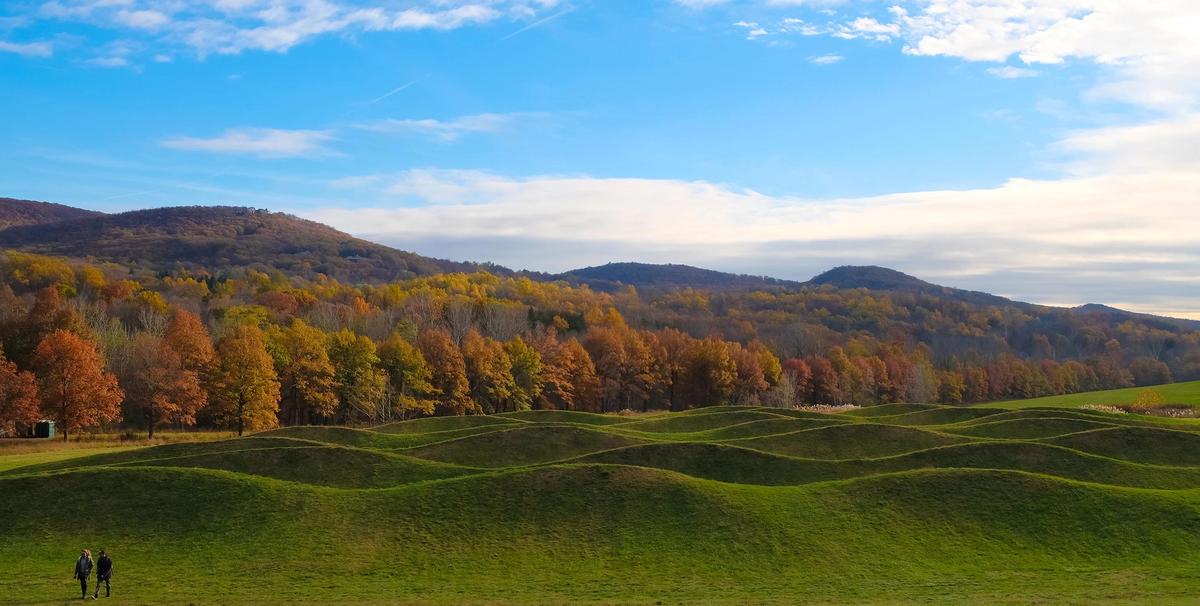As peak leaf-peeping season descends on the Hudson Valley in New York, the Storm King Art Center—celebrating its 60th anniversary this year—offers a sanctuary from the chaos of 2020, reminding us of the irrefutable power of art and nature.
The beloved outdoor art centre was originally envisioned as a museum devoted to Hudson River School painting in 1960 by its founders, the late H. Peter Stern and Ralph E. Ogden. It gradually shifted its focus to Modern sculpture and swelled to its current 500 acres as works and installations by artists like David Smith, Isamu Noguchi and Roy Lichtenstein began to populate the landscape.
Beyond its visually rapturous value, the Storm King region also had a pivotal—but lesser-known—role in the development of American environmental law and policy. After petitioners contested the construction of a hydropower plant near Storm King Mountain in 1962, President Lyndon Johnson pledged to “end the poisoning of our rivers and the air we breathe”. He signed the Storm King Doctrine, a law for the preservation of sites of aesthetic or recreational value.
The document protected the landscape around the art centre, which was named after its proximity to Storm King Mountain, and eventually led to the National Environmental Policy Act of 1969, a cornerstone of the environmental grassroots movement that grants citizens legal standing to protect the environment.
Among various environmental initiatives, Ogden also acquired 2,300 acres of Schunnemunk Mountain in an effort to preserve Storm King’s vista, which became known as the art centre’s “green wall”.
The artworks in Storm King underscore the natural beauty of the Hudson Highlands, and recent projects like the exhibition Site Ecology: Land, Leadership Art—which the centre launched virtually earlier this year after it was forced to shutdown its anniversary programming amid the Covid-19 pandemic—continue the conversation around the centre’s environmental efforts, as well as its significant commissions, including Richard Serra’s Schunnemunk Fork (1990–91) and Andy Goldsworthy’s Storm King Wall (1997-98).
John P. Stern, the son of the Storm King co-founder who became the president of the centre in 2008, says the centre is “honoured to have worked with talented artists at every moment in their careers and to have fostered meaningful, lasting relationships as a result”. Storm King’s anniversary “not only celebrates Storm King’s legacy but also highlights collaborations which have inspired some of its ambitious works”.
In their own words, artists share how Storm King has inspired them and share their experiences working at the centre:
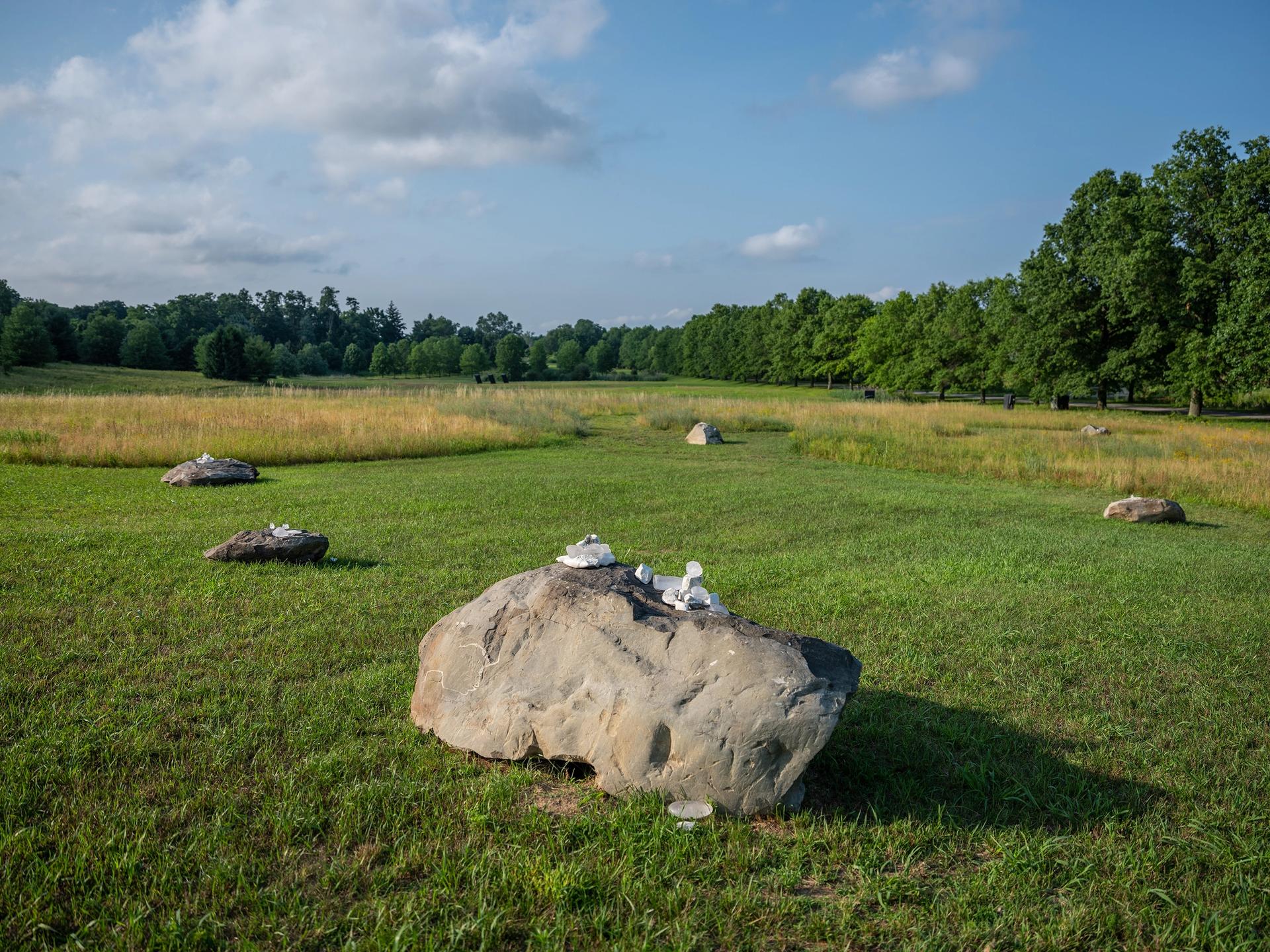
“My first strong impression was when [the Storm King team] came to visit me at UrbanGlass, where I was casting the glass stones for my project. We had quite a deep conversation, but also it was kind and lively and fun, which has come to summarise how I feel about the Storm King in general—profound, kind, fun. It has been beyond beautiful to go up there several times in the last few months and to see people acting with buoyancy and lightness—folks sitting together with a picnic, toddlers taking advantage of a nice hill to run down—and surrounded by art. I have been continuously impressed at just how supportive, both logistically and emotionally, Storm King has been to me personally, and also, most importantly, to the audience they serve.” Martha Tuttle, 2020. Martha Tuttle, A stone that thinks of Enceladus (2020) (installation view). Outlooks: Martha Tuttle is on view from until 9 November, 2020. Photo: Jeffrey Jenkins. Courtesy of the artist and Storm King Art Center.
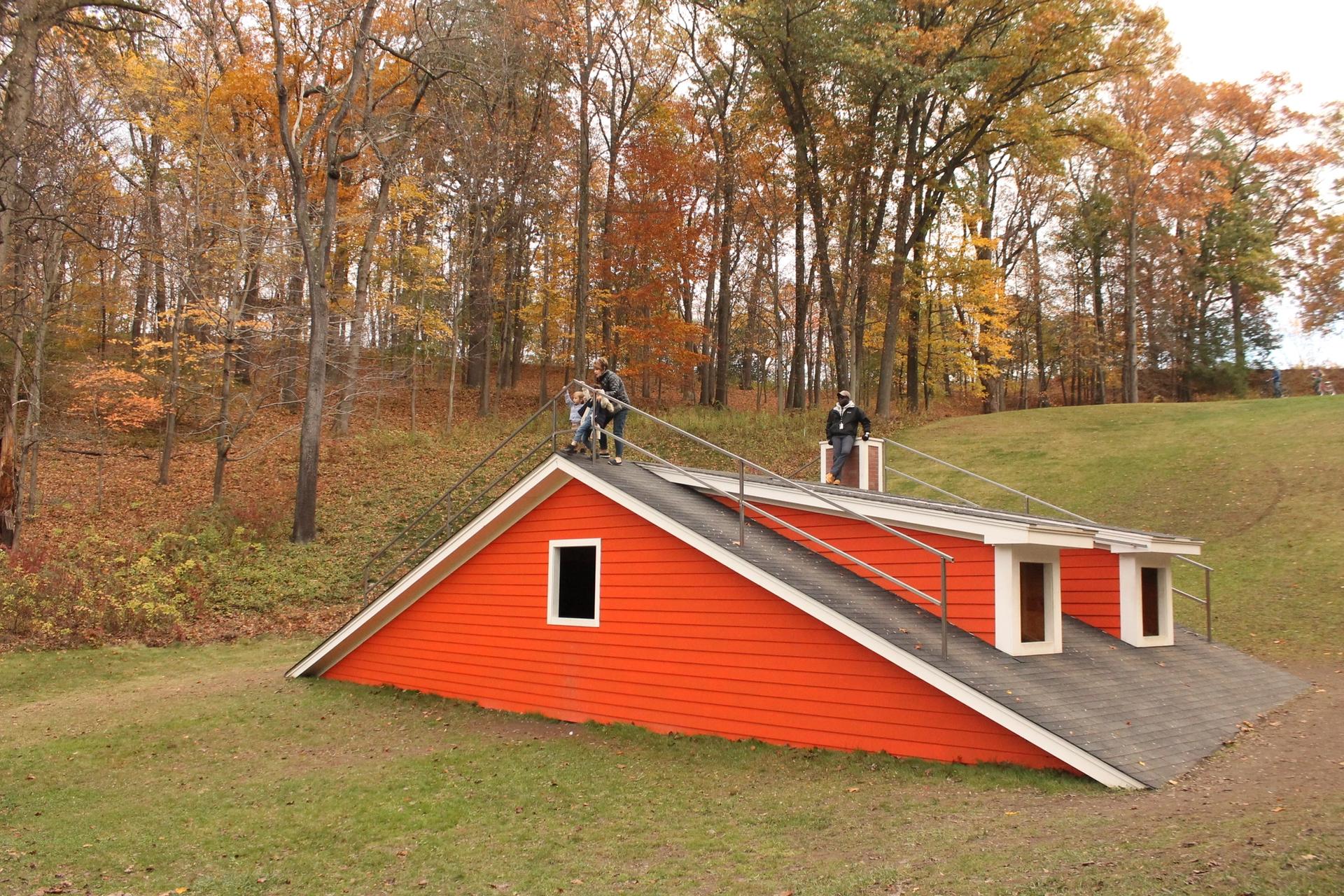
“This landscape has the capacity to really give artwork space to breathe, there is an amazing slippage, a constant shifting that happens with scale as you walk, as you approach each work; the mountain to the landscape, the landscape to the artworks, the artworks to my body... And it is constantly a new composition to see since the nature is constantly changing! It is a rare place that mimics the existential questions artists continually grapple with, yet in such a beautiful and hopeful way.” Heather Hart, October 2020. Heather Hart, The Oracle of Lacuna (2017). Courtesy the artist. © Heather Hart. Photo: Storm King Art Center © 2020
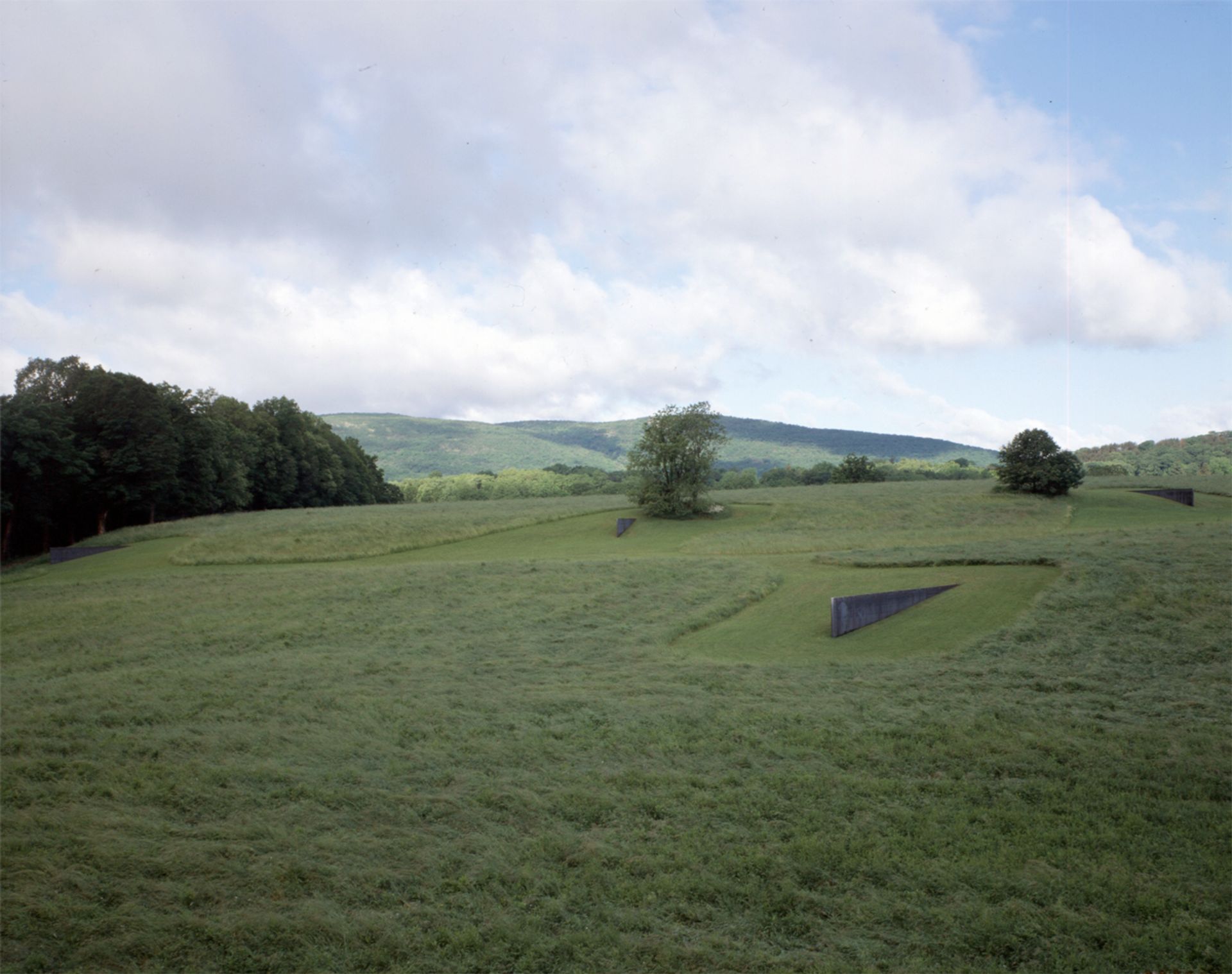
“What I tend to do is take cues from the landscape to place the artifice in a way that makes sense in relation to walking and looking. [This field] goes to the core of what Storm King is about: the relationship between sculpture and the Storm King landscape. And I think if one comes here and spends some time with [Schunnemunk Fork] one can understand the relationship of the land in a way that provides a comprehension of natures that other things don't.” Richard Serra speaking with filmmaker Bruce Bassett in 1991. Richard Serra, Schunnemunk Fork (1990-91) (installation view). © 2017 Richard Serra/Artists Rights Society (ARS), New York. Photo: Jerry L. Thompson.
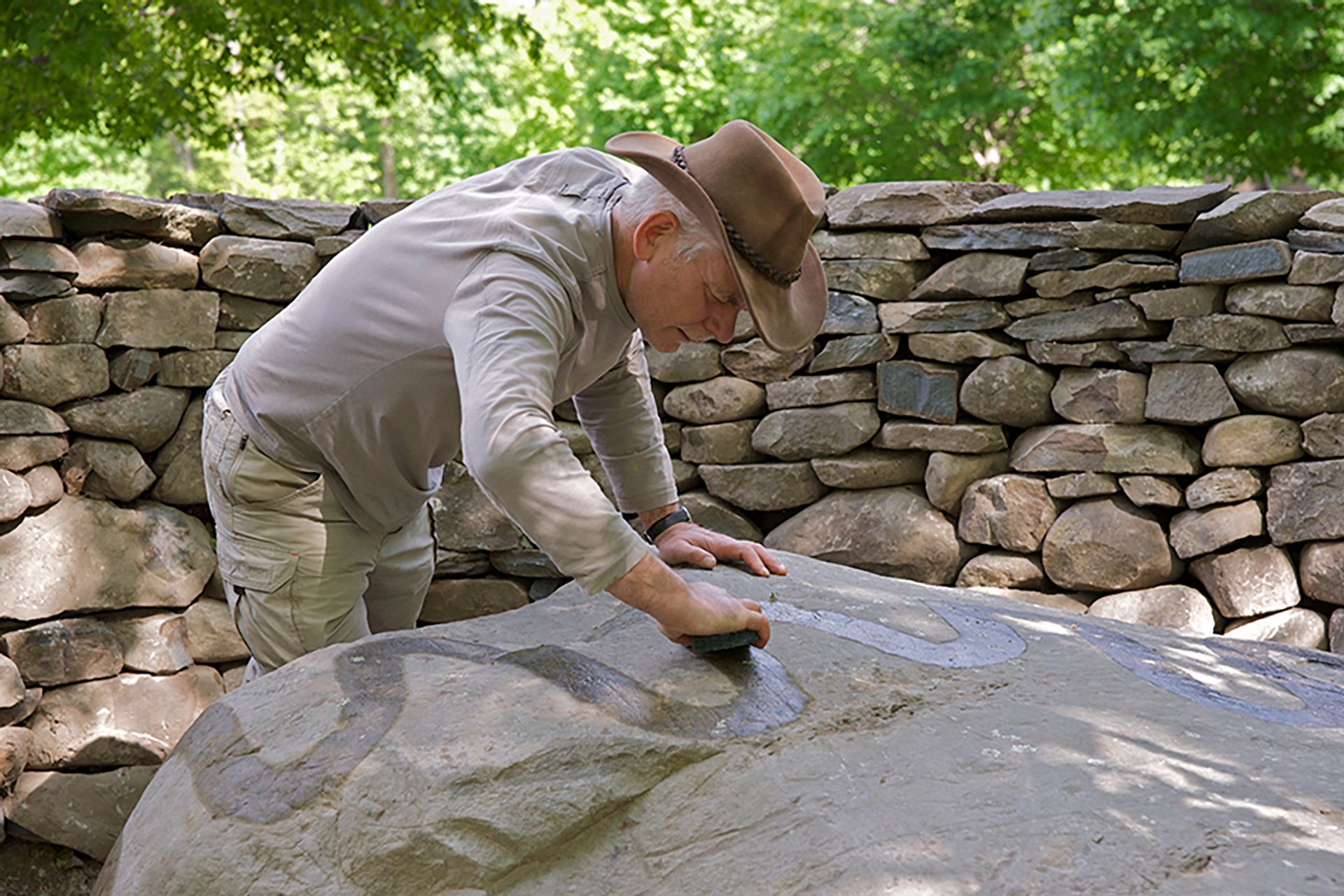
“I am trying to tap into the memory of the place... And it’s not just the land but there’s a social nature to the place, too. I work and live in a landscape in Scotland that is so rich in the memory of people who lived, worked and died there. My path is running up on their footprints, it makes the line of the path stronger and deeper and richer.” Andy Goldsworthy speaking with filmmaker Bruce Bassett about Storm King Wall in 1998. Andy Goldsworthy, Five Men, Seventeen Days, Fifteen Boulders, One Wall, 2010 (installation view). Photo: Jerry L. Thompson and courtesy the artist and Galerie Lelong, New York. © Andy Goldsworthy.
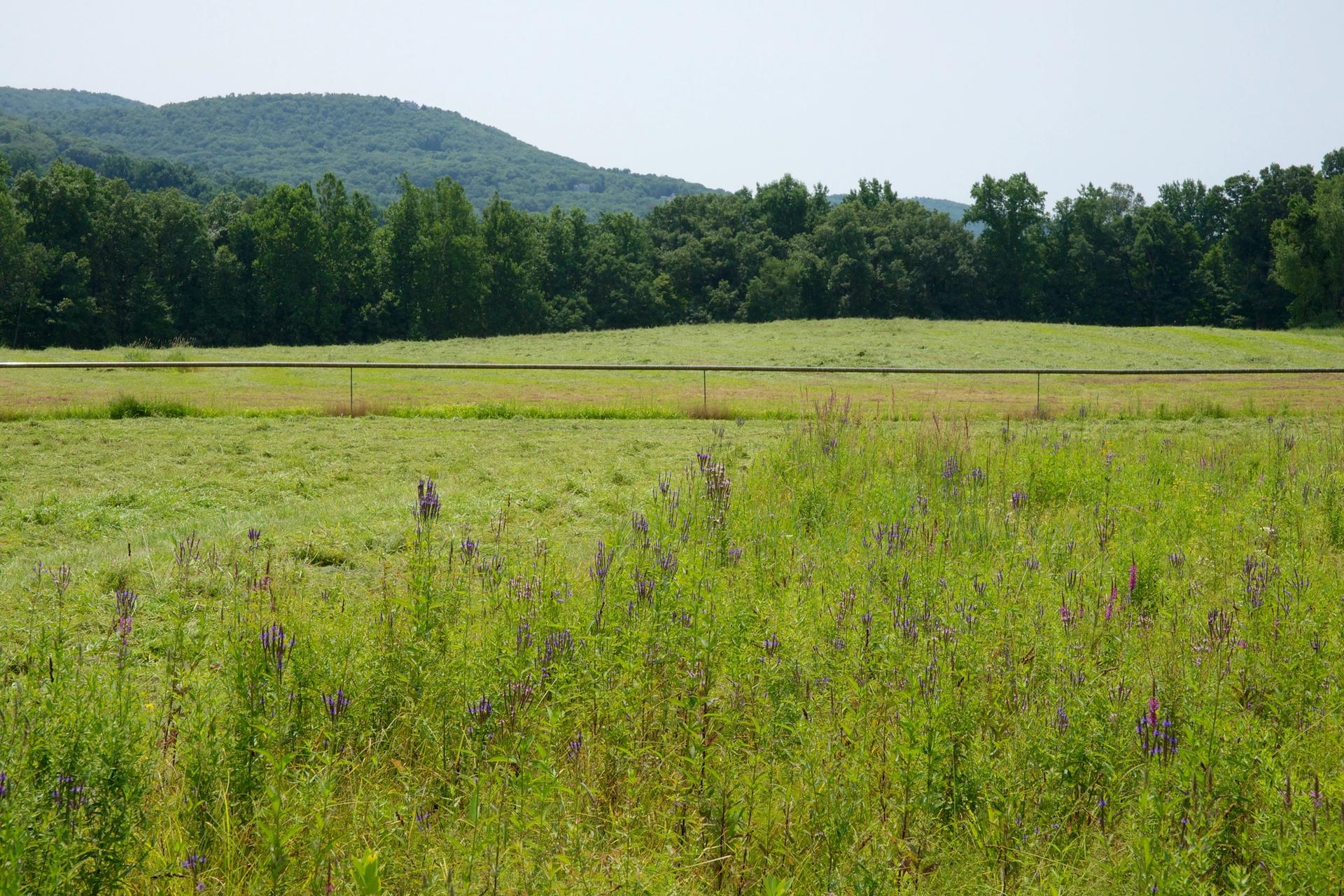
“I found a sense of freedom amongst the existing sculptures set in the natural world. This combination offered me an opportunity to explore my efforts as an artist, finding touchstones in the combined energies of nature and art.” Virginia Overton, 2020. Virginia Overton, Untitled (2014). Photo: Jerry L. Thompson and courtesy the artist.
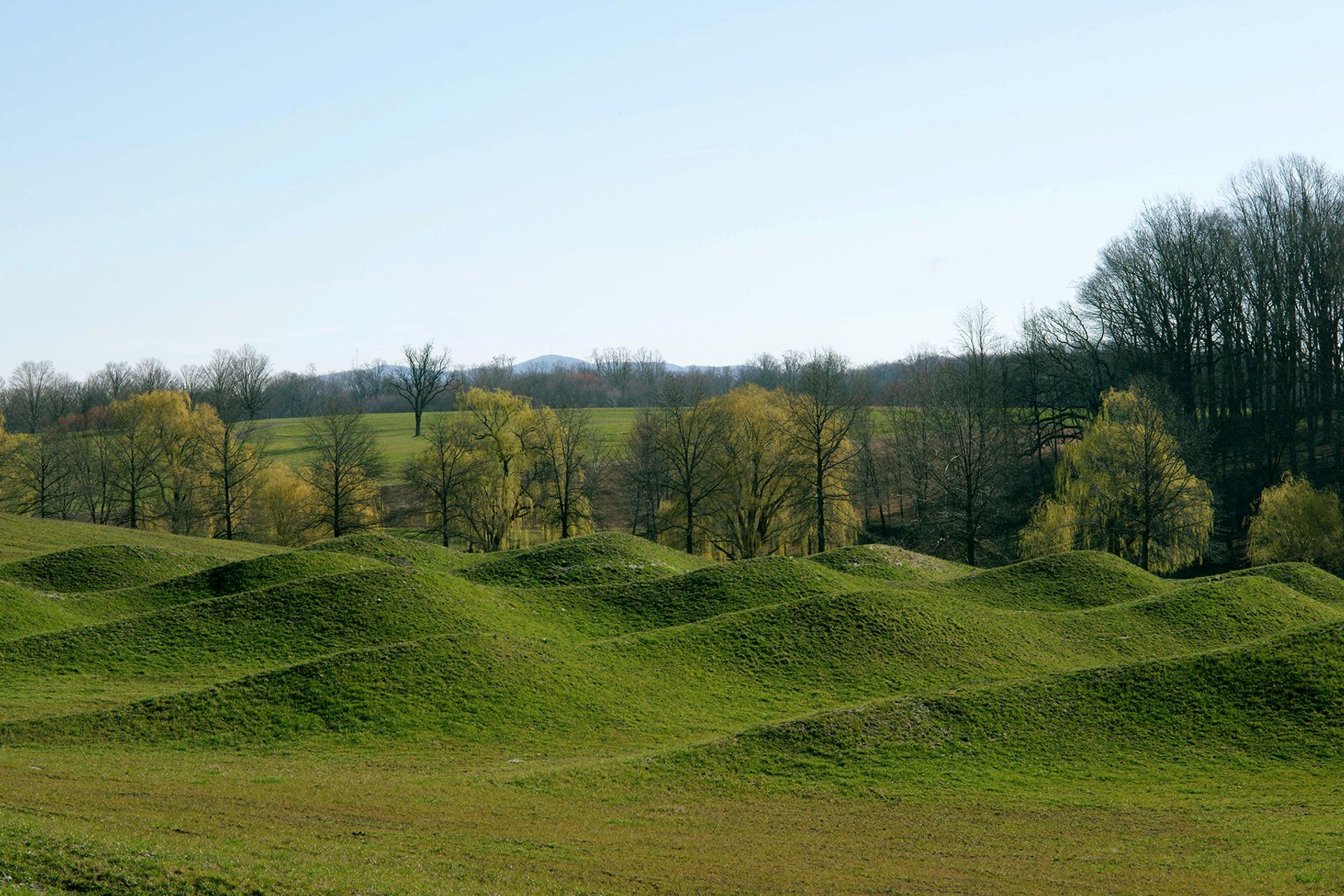
“I think with living sculptures it doesn’t ever end. Your job doesn’t end. The other half of making the work begins once you’ve finished sculpting it. [Storm King Wavefield] is still an experiment, how do we mow it, how do we maintain it... sometimes it looks very scruffy. Other times it looks great. It really depends on the season, and it’s all part of the piece.” Maya Lin speaking about Storm King Wavefield in 2018. Courtesy Storm King Art Center Archives. Maya Lin, Storm King Wavefield (2007-08). © Maya Lin Studio. Photo: Jerry L. Thompson and courtesy Pace Gallery.


